Jaguar: The Stealthy Guardian of the Jungle
The jaguar, a symbol of power and mystery,
is one of the most iconic big cats in the world.
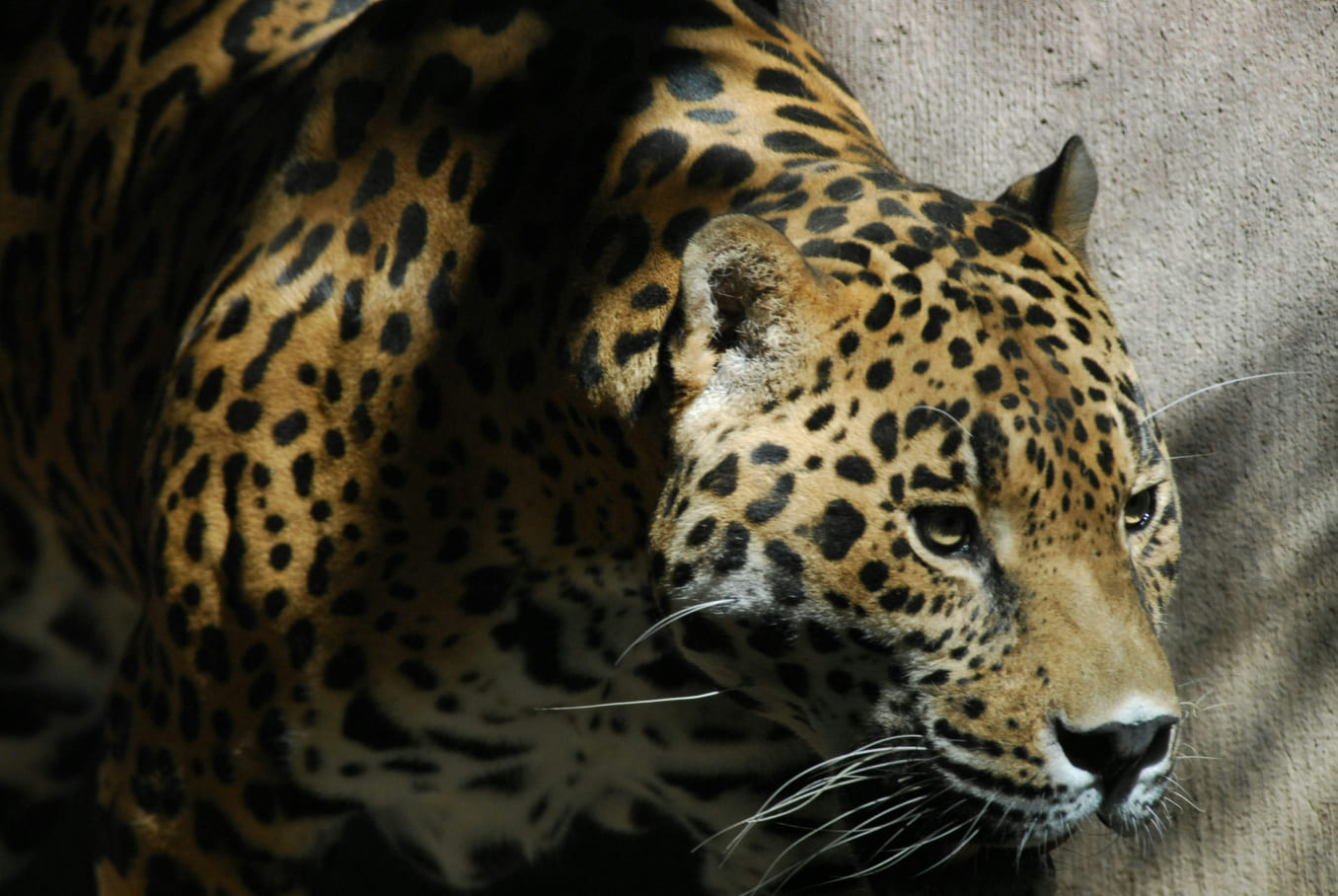


The Bengal tiger, a symbol of strength and elegance, is one of the most awe-inspiring animals found in zoos. These tigers require large enclosures with plenty of vegetation, shaded areas, and water features that replicate the forests and grasslands of their native India. In zoos, enrichment activities such as meat-filled puzzle feeders and scent trails help them stay active and maintain their natural instincts.
Read More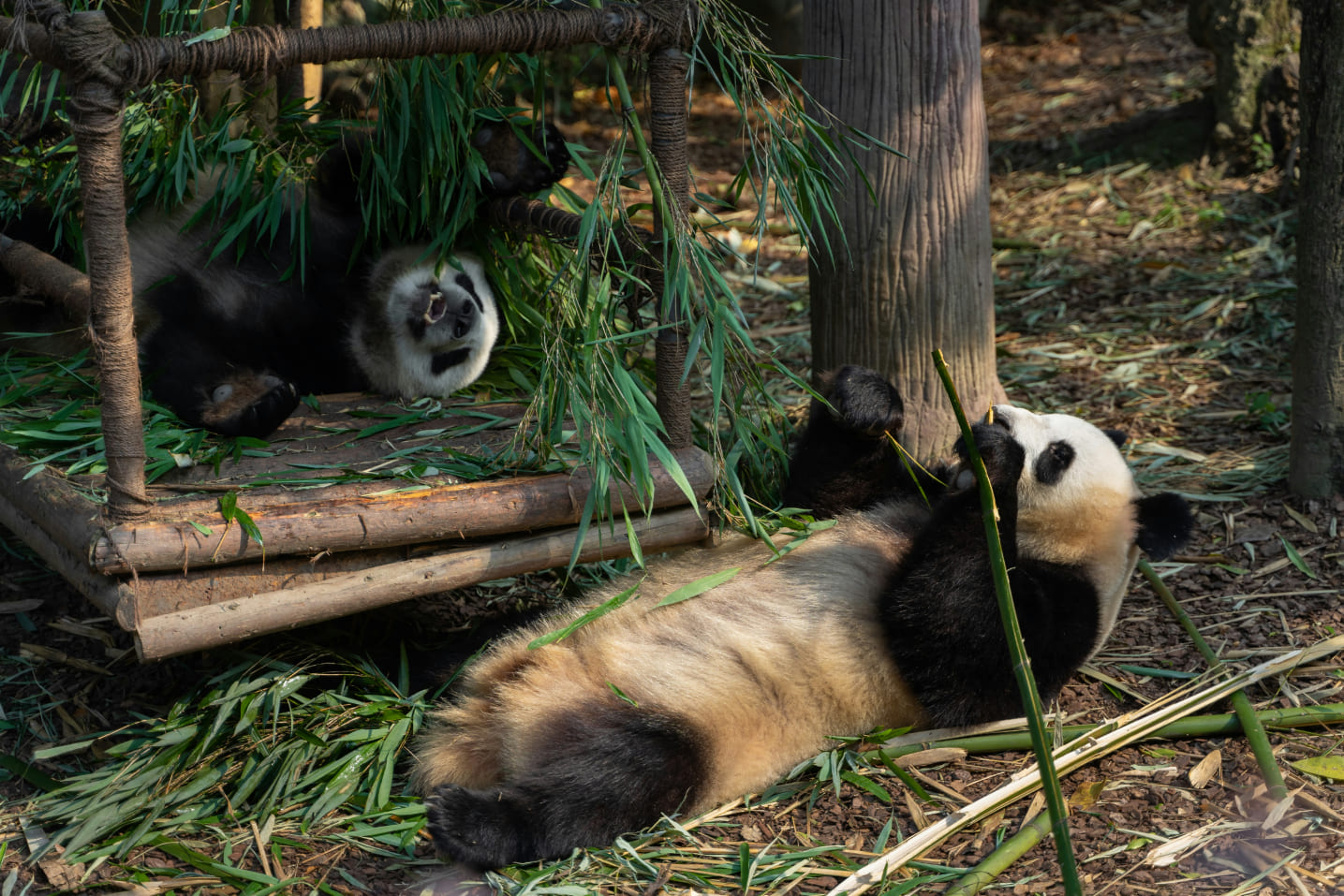
The giant panda is a global icon of wildlife conservation, instantly recognizable by its black-and-white fur and calm demeanor. In zoos, pandas are provided with specially designed habitats featuring cool climates and an endless supply of fresh bamboo. This herbivore spends up to 14 hours a day eating, consuming up to 40 kilograms of bamboo daily.
Read More
The swan goose, known for its elegant long neck and striking plumage, is a fascinating species found in zoos. Native to East Asia, these birds are migratory in the wild, traveling vast distances between breeding and wintering grounds. In captivity, their habitats often include ponds, grassy areas, and small islands, replicating the wetlands they call home.
Read More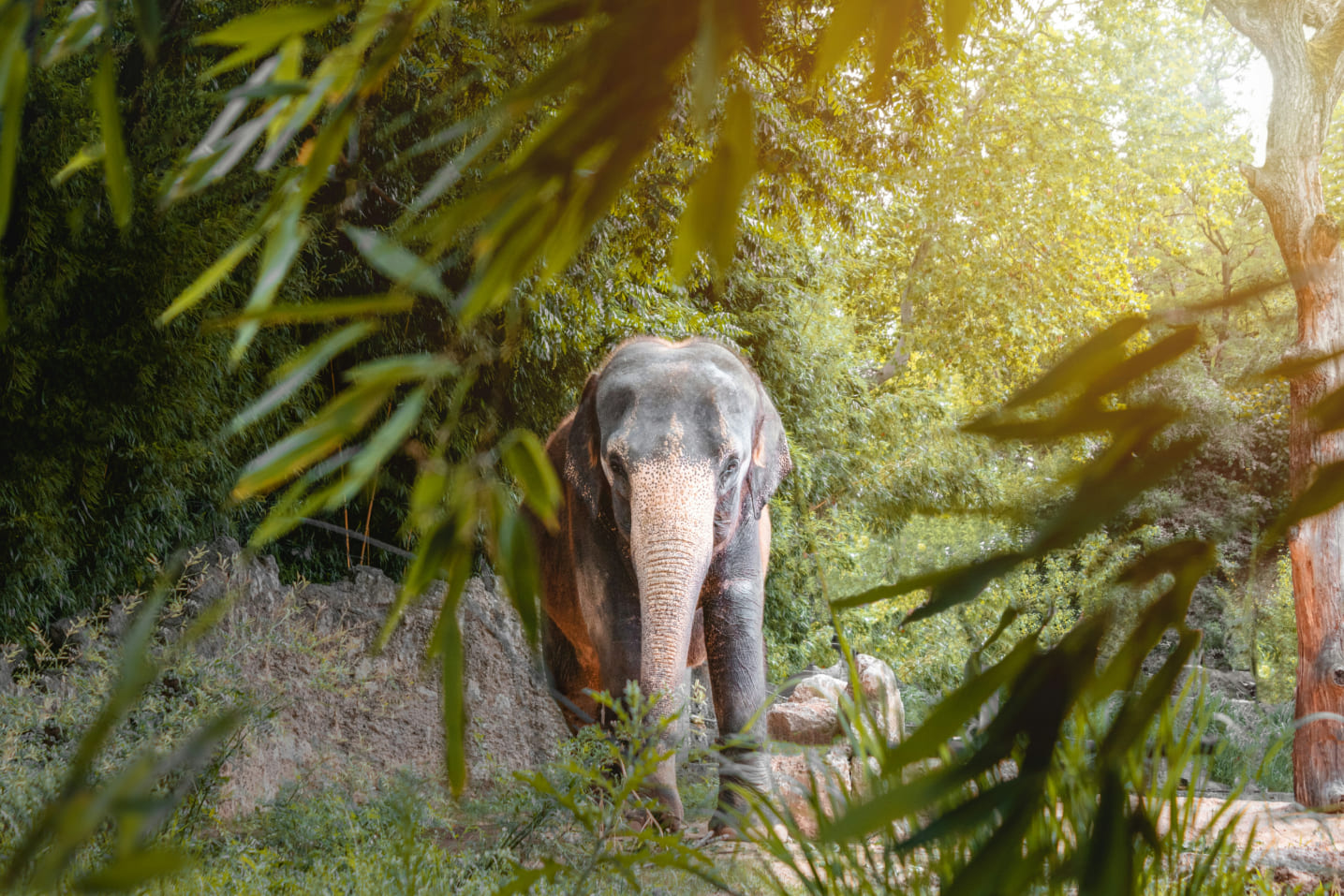
The Sri Lankan elephant, a subspecies of the Asian elephant, is smaller than its African counterpart but equally majestic. Native to the forests of Sri Lanka, these elephants are a symbol of wisdom and strength in their home country. Zoos provide them with large, enriched enclosures featuring mud pits, water pools, and plenty of space to roam and socialize.
Read More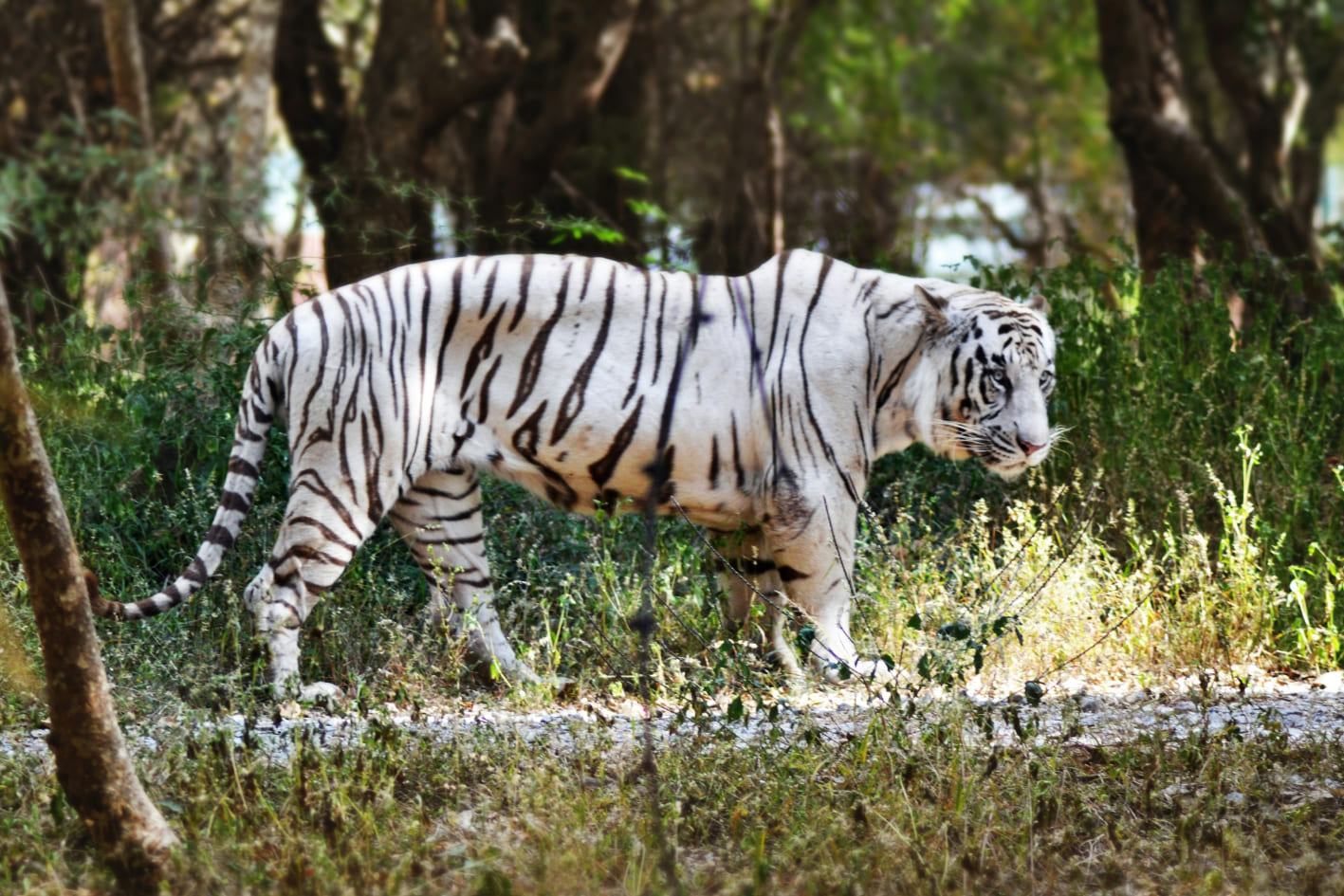
The Malayan tiger, a critically endangered subspecies, is native to the tropical rainforests of Malaysia. In zoos, these tigers are housed in carefully designed habitats with dense vegetation, water features, and climbing structures that encourage their natural behaviors.
Read More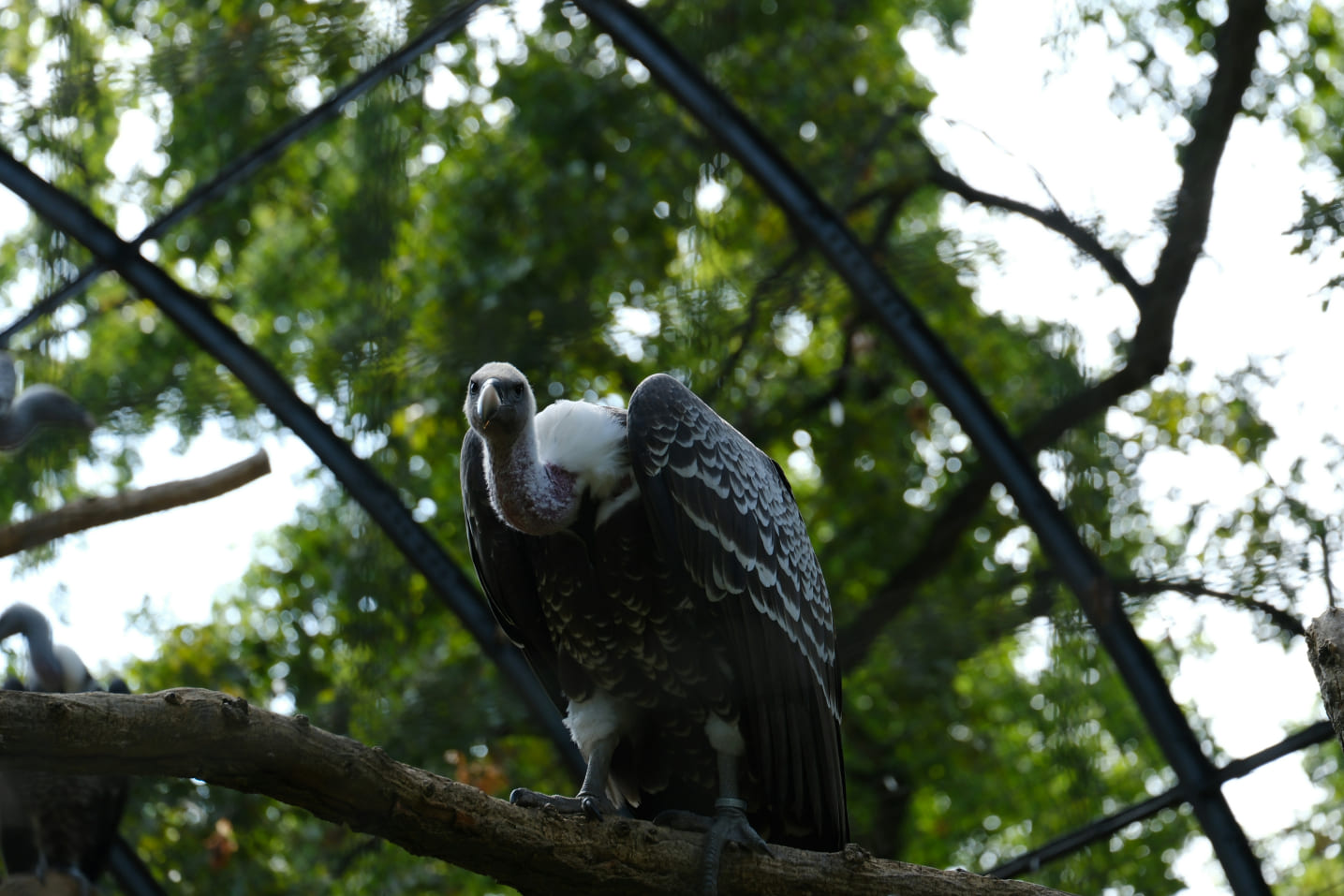
Scavengers, such as vultures, hyenas, and certain species of beetles, play a vital role in ecosystems by cleaning up dead animals and preventing the spread of disease. In zoos, these animals are provided with diets that mimic their natural food sources and habitats designed to encourage their foraging behaviors.
Read More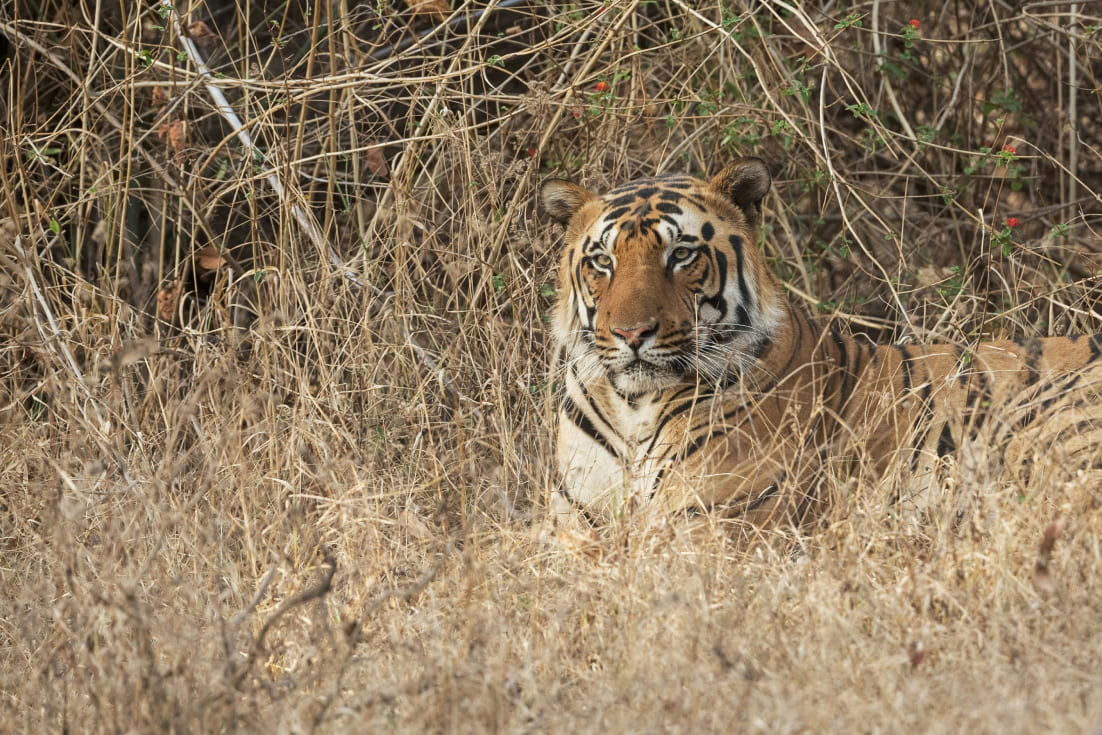
The Bengal tiger is one of the most captivating animals in zoos, known for its striking orange coat with black stripes and piercing eyes. Native to the forests and grasslands of India, these powerful predators face significant threats in the wild due to habitat loss and poaching. In zoos, Bengal tigers live in spacious, carefully designed enclosures that replicate their natural environment. These habitats often include dense vegetation, climbing platforms, and water features where they can swim—an activity they truly enjoy.

African penguins are small, endearing seabirds known for their unique braying sound and comical waddle. Originating from the rocky shores of southern Africa, they are adapted to warmer climates, unlike their Antarctic relatives. In zoos, these penguins thrive in habitats featuring rocky surfaces, shallow pools for swimming, and sandy areas for nesting. The controlled environments ensure they can escape extreme heat, which is critical for their well-being.
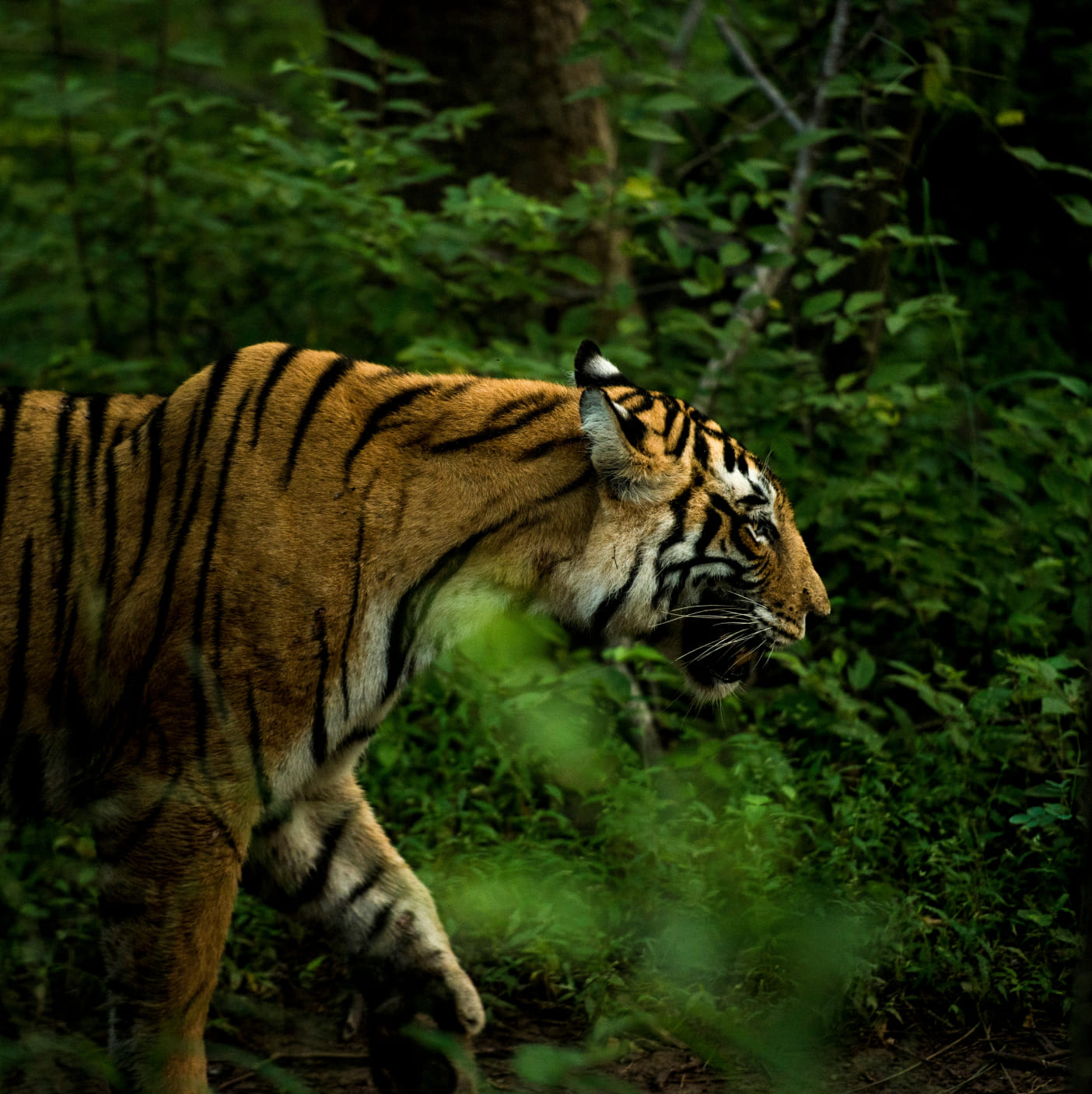
The Sumatran tiger, the smallest of all tiger subspecies, is a rare and endangered big cat native to the rainforests of Sumatra. In zoos, their habitats are designed to mimic the dense jungle environment they call home, with plenty of hiding spots, elevated platforms, and water areas for them to explore. This setup encourages their natural behaviors, such as climbing and swimming, which are vital for their physical health.
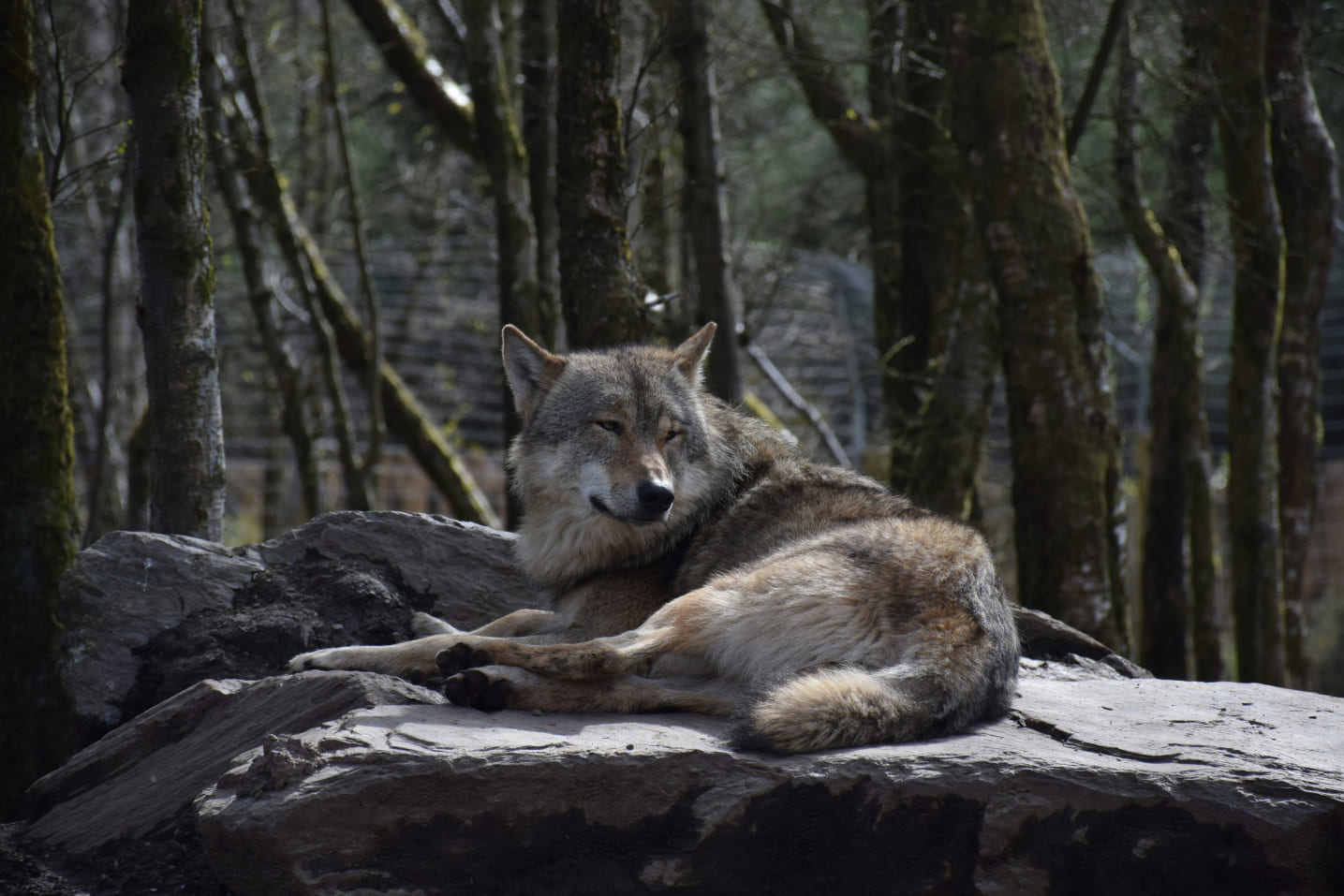
The Tibetan wolf, a lesser-known but fascinating canine, is a true survivor of the harsh conditions in the Tibetan Plateau. In zoos, these wolves are housed in enclosures that simulate their natural, rugged environment, with rocky terrain, open spaces for running, and shaded areas to rest. These habitats also offer elevated areas where they can observe their surroundings, a natural behavior tied to their wild instincts.
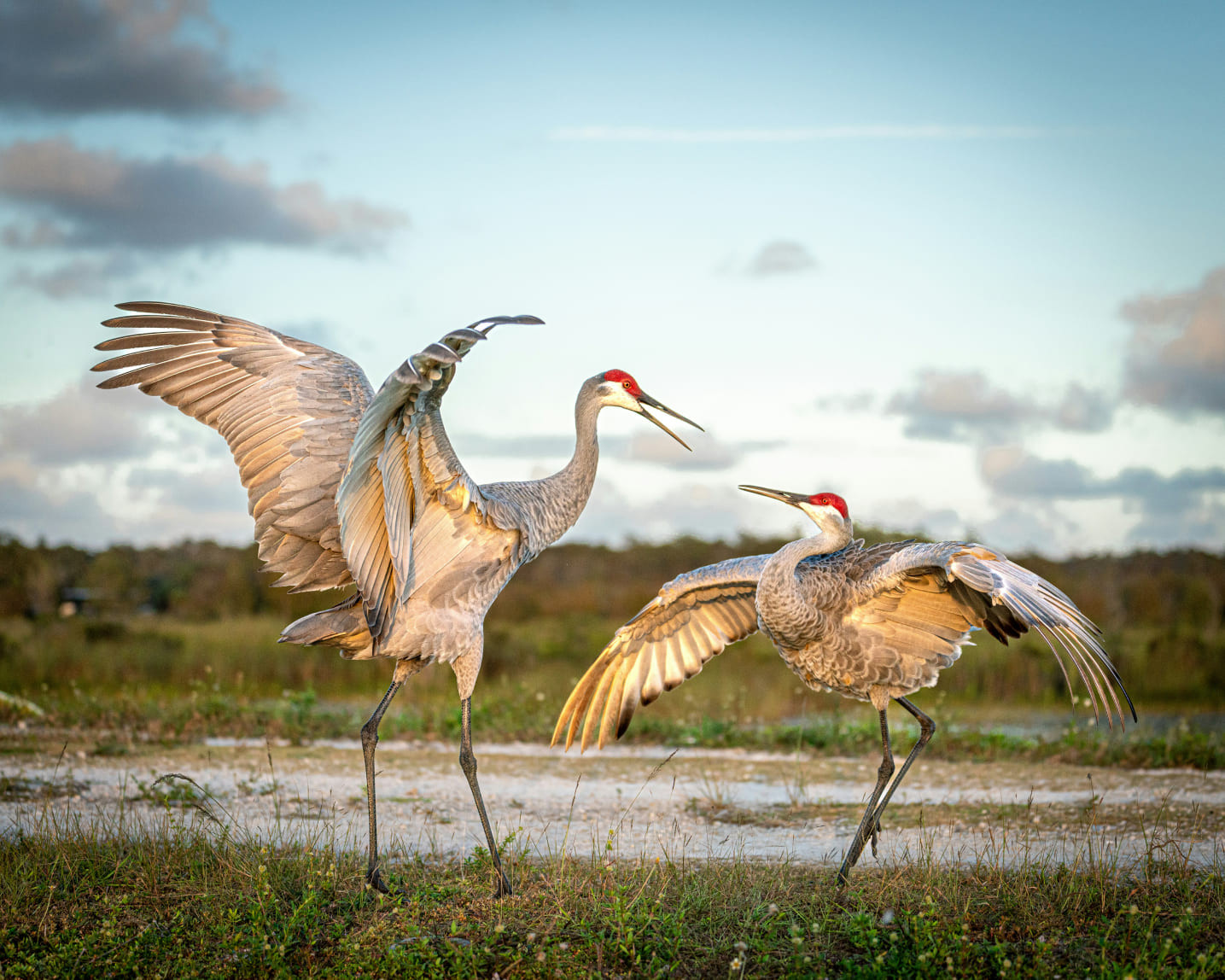
Sandhill cranes are among the most elegant birds in the zoo, known for their graceful movements and impressive wingspan. These tall, slender birds are native to wetlands across North America and are famous for their unique courtship dances, which involve leaping, bowing, and wing flapping. In zoos, their habitats often include shallow ponds, grassy areas, and tall reeds, mimicking the wetlands they naturally inhabit.

California sea lions are a crowd favorite in zoos, thanks to their playful nature and incredible agility. These marine mammals are native to the western coasts of North America and are well-adapted to life both on land and in the water. In zoos, they live in large pools with underwater viewing areas, giving visitors the chance to observe their acrobatic swimming and playful behavior up close.